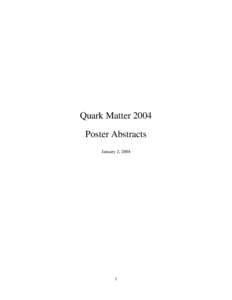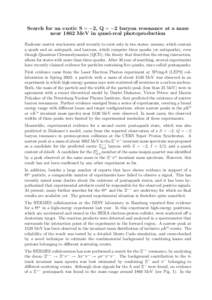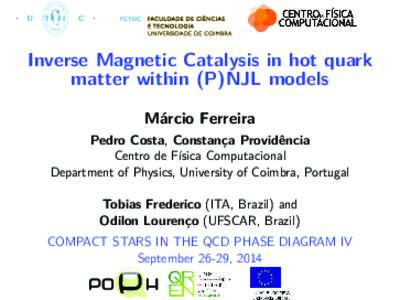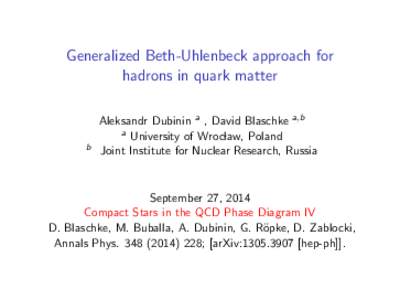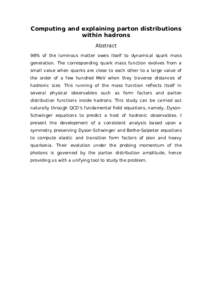<--- Back to Details
| First Page | Document Content | |
|---|---|---|
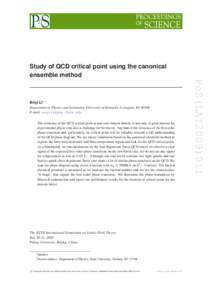 Date: 2010-03-07 23:25:05Lattice models Particle physics Quantum chromodynamics Lattice QCD Lattice gauge theory Flavour Fourier transform Phase transition Quark–gluon plasma Physics Quark matter Quantum field theory |
Add to Reading List |
 Study of QCD critical point using the canonical ensemble method Department of Physics and Astronomy, University of Kentucky, Lexington, KY[removed]E-mail: [removed] The existence of the QCD critical point at non-
Study of QCD critical point using the canonical ensemble method Department of Physics and Astronomy, University of Kentucky, Lexington, KY[removed]E-mail: [removed] The existence of the QCD critical point at non-